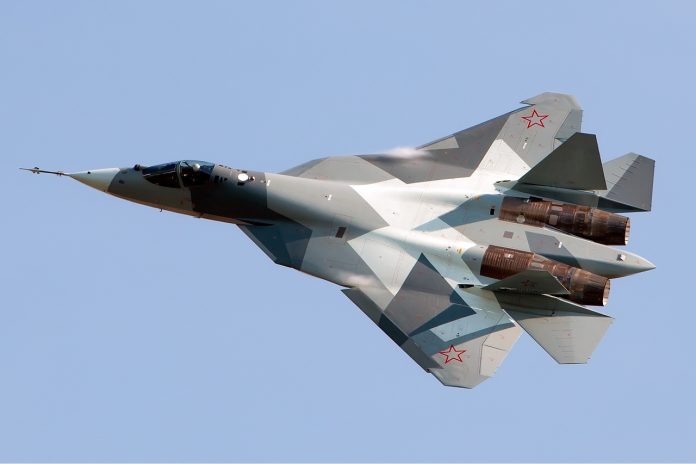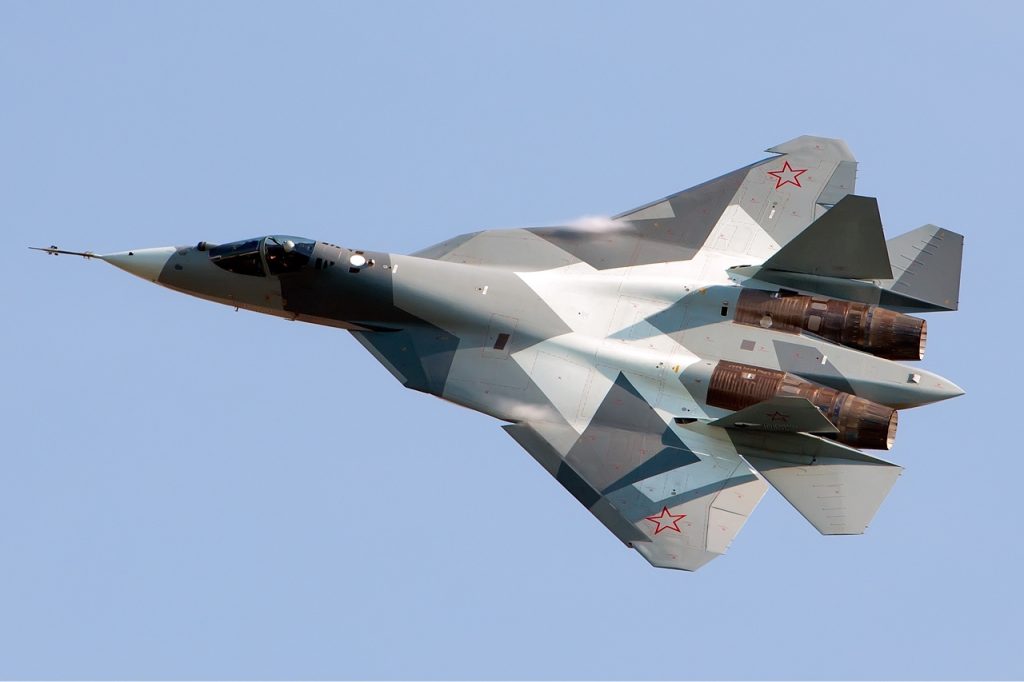
Russia’s new proposal to India is not another arms sale. It is the convergence of next-generation aerospace design, hypersonic defense technology, and geopolitics. The group led by the Sukhoi Su-57 stealth fighter, Su-35 multi-role fighter aircraft, R-37 long-range air missile, and S-500 Prometey air defense system is a reaction to India’s successful operational experience with the S-400 Triumf during Operation Sindoor, where it destroyed a Pakistani AWACS aircraft at a distance of more than 250 kilometers. For Moscow, the proposal is a bid for leadership as India’s top defense friend; for New Delhi, it is a gesture of strategic independence in a multipolar race era.
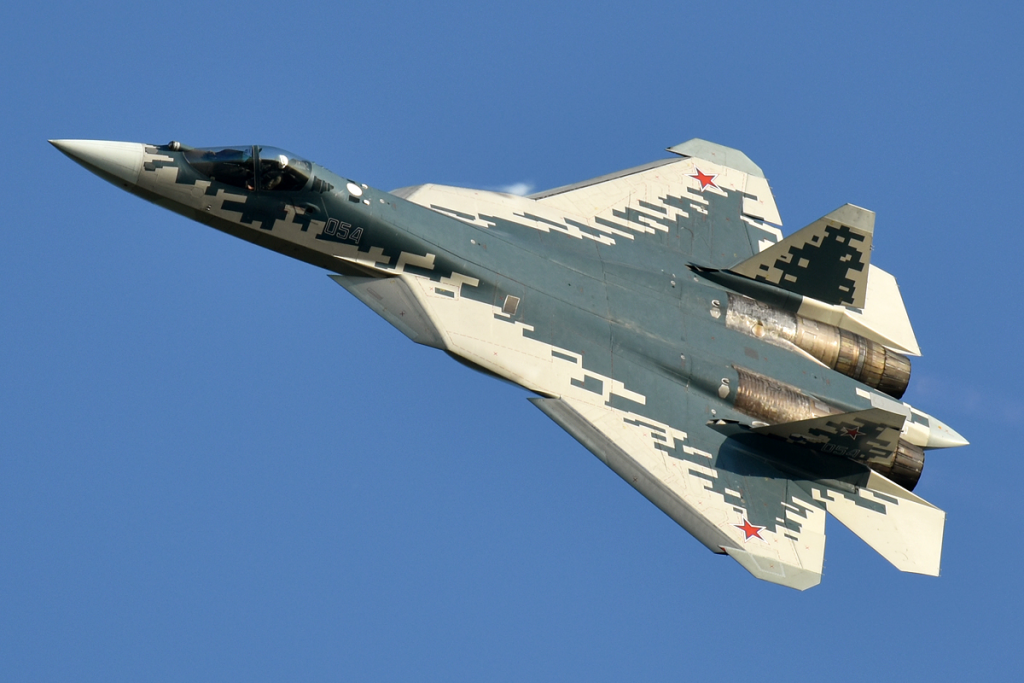
1. The Su-57E: India’s Fifth-Generation Stealth of the Skies
Russia’s crown jewel fifth-generation fighter aircraft is the Su-57E, which has radar-absorbing composites, internal weapon bays, and thrust-vectoring engines to gain supermaneuverability. Its avionics suite includes a GaN-based AESA radar with the capability to detect up to 60 targets, infrared search-and-track sensors, and beyond-visual-range sensor fusion. Russia has also offered co-production in Hindustan Aeronautics Limited’s Nashik facility with full access to source code for embedding locally manufactured avionics and weapons. There would also be a two-seat version a requirement of the Indian Air Force that would cater to specialized strike or command functions. This is in accordance with India’s “Aatmanirbhar Bharat” program, enabling indigenous assembly and tech transfer in mission systems, radar, and engines.
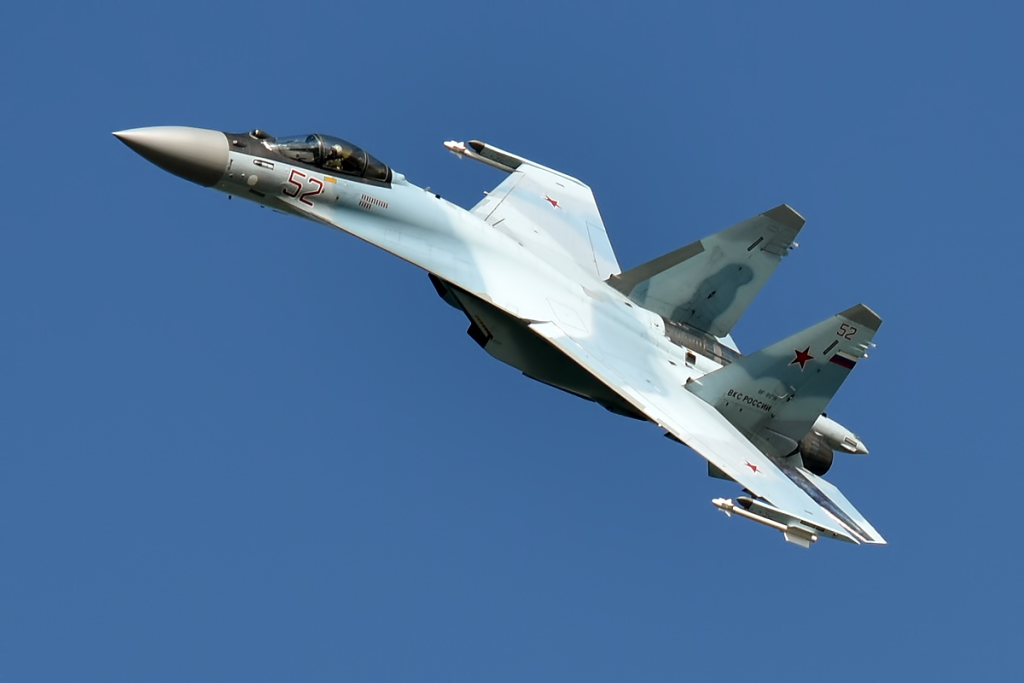
2. Su-35M: Bridging the Capability Gap
Su-35M, a 4++ generation fighter, is being offered as an interim solution while production of Su-57 ramps up. With as much as 80% systems commonality with India’s Su-30MKI force, it offers a low-transition option for pilots and maintainers. Its Irbis-E radar has fighter-sized targets in excess of 350 km, and its compatibility with R-37M and K-77M missiles makes it Himalayan high-altitude capable. Russia has supplied up to 40 Su-35Ms in three years to prop up squadrons below sanctioned levels.
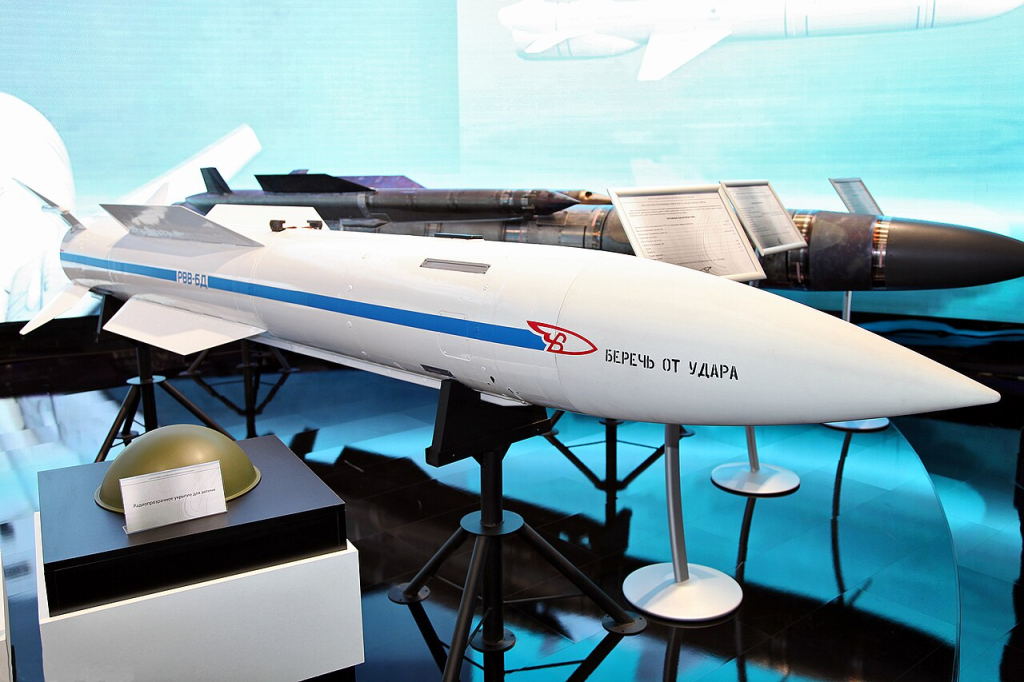
3. R-37M: The AWACS Killer
The R-37M is more than 300 km range air-to-air missile employed to attack high-priority airborne targets such as AWACS and tankers. It has Mach 6 speed and active seeker radar, thus enhancing the vulnerability of enemy command-and-control nodes. Employed on Su-35 and Su-57 fighter jets, it pushes India’s aerial combat envelop well into enemy airspace, a vital component in discouraging Pakistan and China’s airborne early warning fleets.
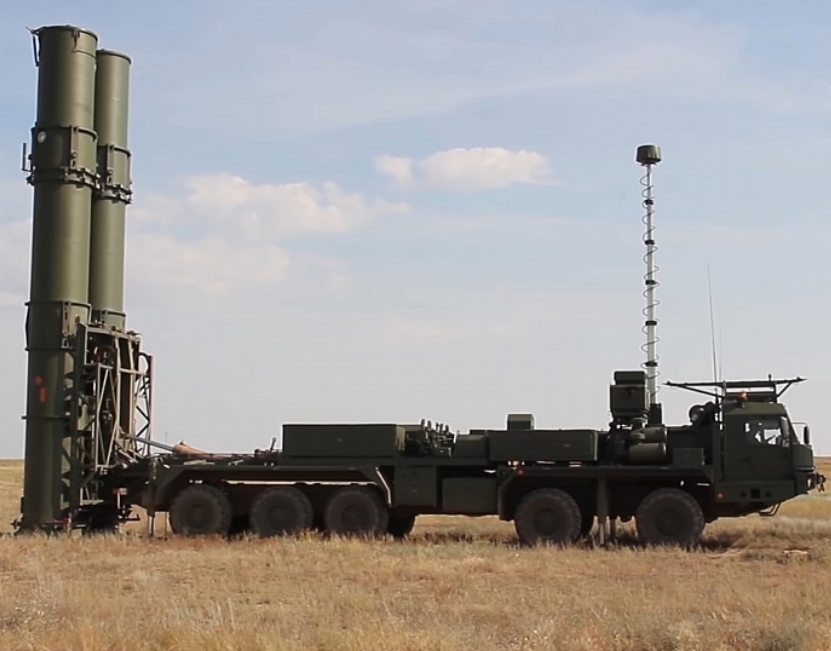
4. S-500 Prometey: Space-Denial Asset and Hypersonic Interceptor
S-500 is meant to address threats that current systems cannot handle. It is manufactured by Almaz-Antey and has a 600 km ballistic missile range and 200 km altitude engagement, making it capable of conducting exoatmospheric intercepts. Its 77N6-N and 77N6-N1 interceptors can engage targets incoming at Mach 20 speed levels, such as hypersonic glide vehicles. The 91N6A(M) acquisition, 96L6-TsP track, and 76T6/77T6 engage radars of the radar complex are designed for 360-degree coverage and simultaneous tracking of more than one hypersonic or ballistic target (up to 10). Anti-satellite capability is also supported by Russia, inducting an aerospace warfighting aspect. It also offers shorter reaction time (3–4 seconds versus 9–10) and longer target sets like stealth aircraft F-35 and B-2.
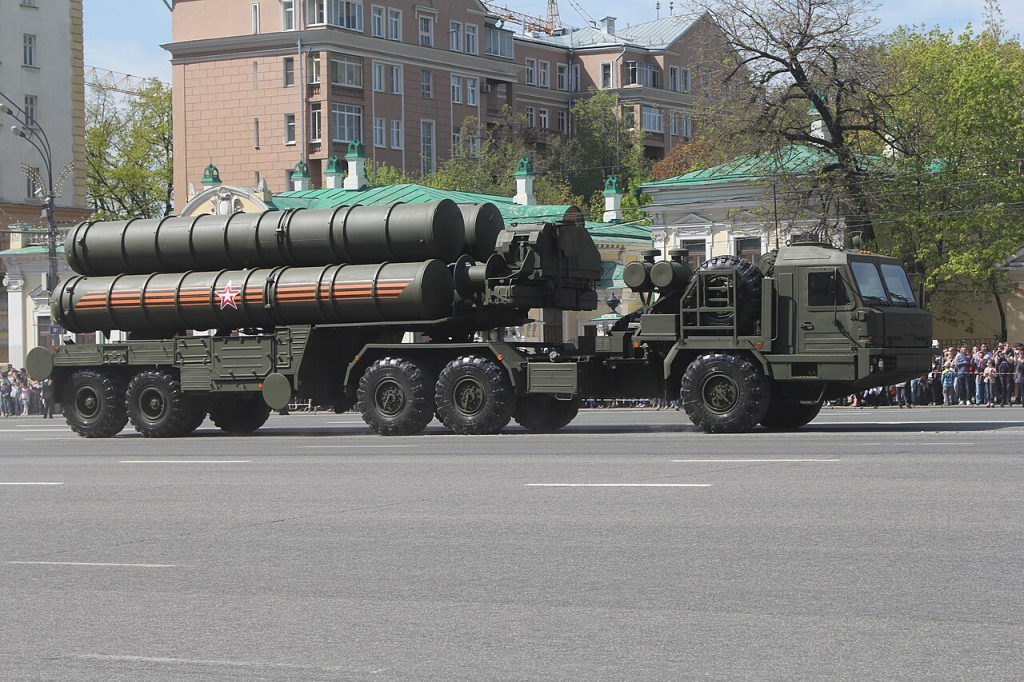
5. S-400 in Combat Lessons
While the S-400 performed well in Operation Sindoor, the recent Indo-Pak war revealed its vulnerabilities. Pakistani F-17s, supported by Chinese-manufactured CM-400AKG missiles and electronic jamming, breached its defense bubble and destroyed radar installations. Such events make multi-level integration and rapid redeployment areas where the mobility and sensor fusion of the S-500 can play a significant role.
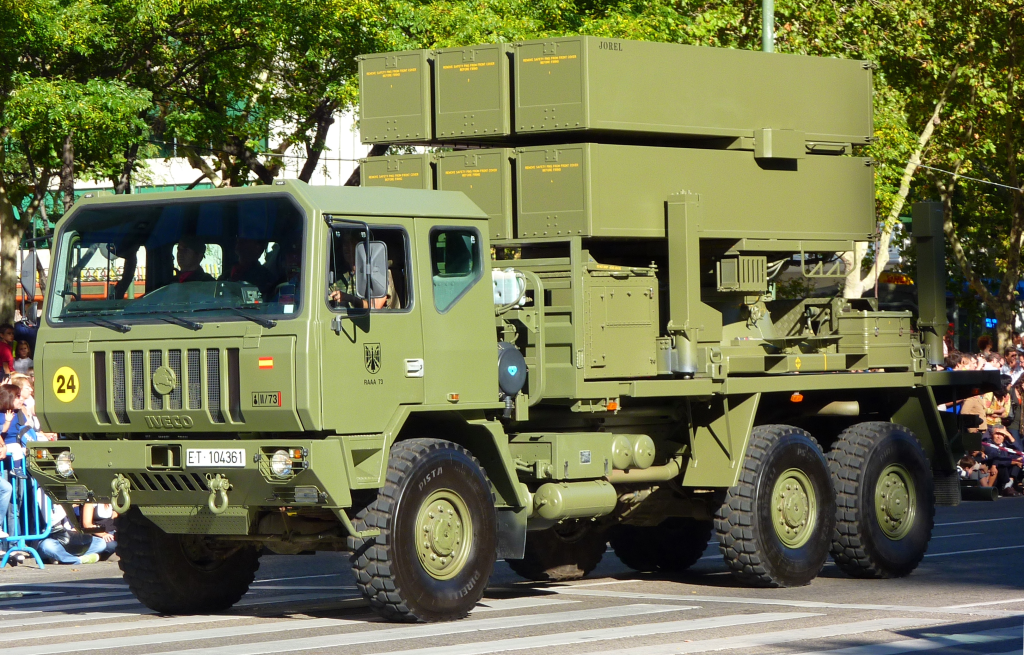
6. Engineering Integration Challenges
India’s air defense is a patchwork of Russian, Israeli, American, and indigenous systems. Interoperability issues due to differences in data links, command protocols, and radar configurations limit fully integrated kill-chain abilities. Integration of the S-500 would imply advanced network-centric warfare solutions, possibly through indigenous battle management systems to integrate inputs from Prithvi Air Defence, Barak-8, NASAMS-II, and potential S-500 batteries into coherence.
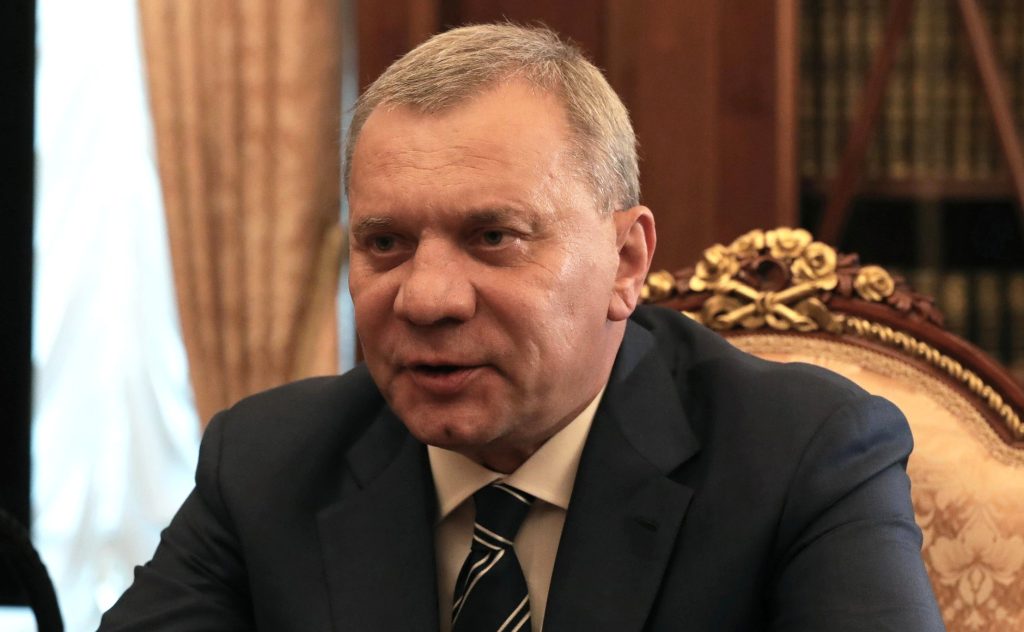
7. Geopolitical and Industrial Stakes
According to Russia’s Deputy Prime Minister Yury Borisov, “India will be at the head of the list if it shows interest in buying these advanced weapons.” The offer comes at a time when the U.S. threatened sanctions under CAATSA and augment Indo-Western defense cooperation. For Russia, co-production of the Su-57E and even S-500 in India guarantees a long-term industrial presence. For India, it is a chance to gain access to next-generation aerospace and missile defense technology and maintain options with Washington, Paris, and Tel Aviv.
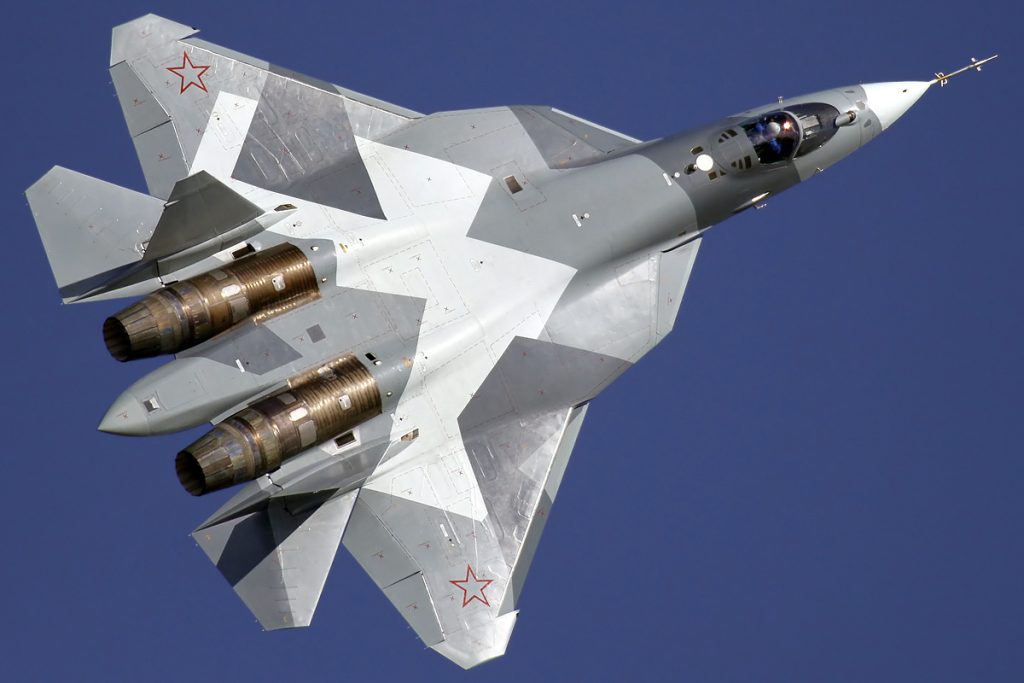
8. The Cost of Capability
The S-500 export price ranges between $700 million and $2.5 billion per unit, which depends on the model. The co-production cost of the Su-57 would be offset by the local production, but technology advancement particularly stealth paint, engine metallurgy, and manufacturing AESA radar will mean titanic investment in India’s defense industry base.
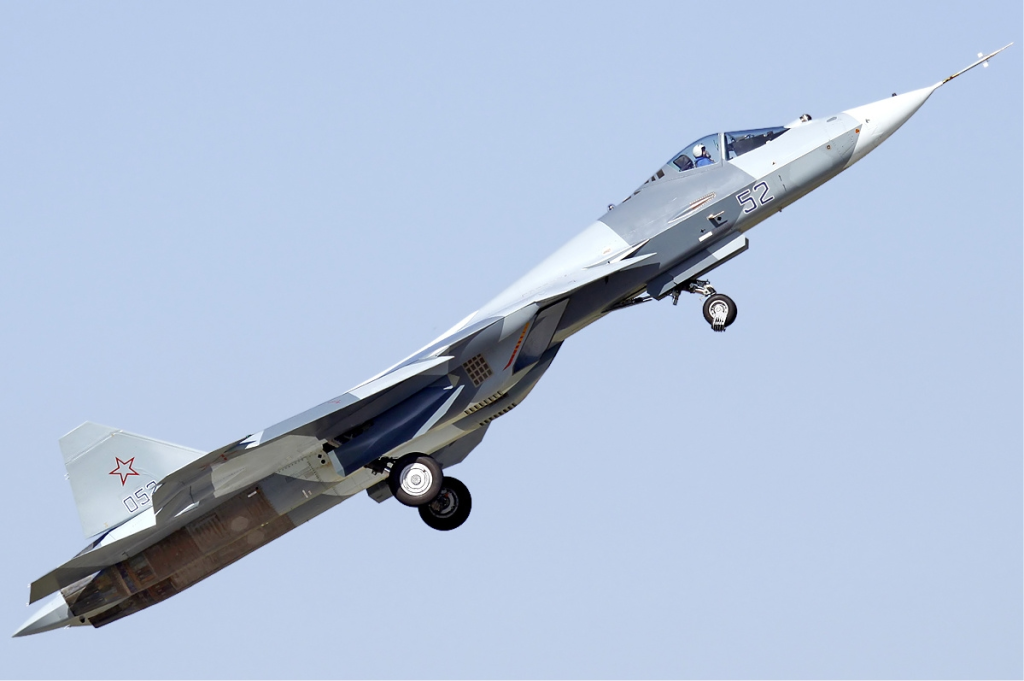
The Russian proposal is as much an issue of engineering ambition as signaling strategy. Assumed, it would reshape India’s air combat and missile defense design to become part of the select club of countries with indigenous access to fifth-generation fighter production and hypersonic intercept capability. The choice will challenge New Delhi to balance technological requirement with geopolitical savvy.
